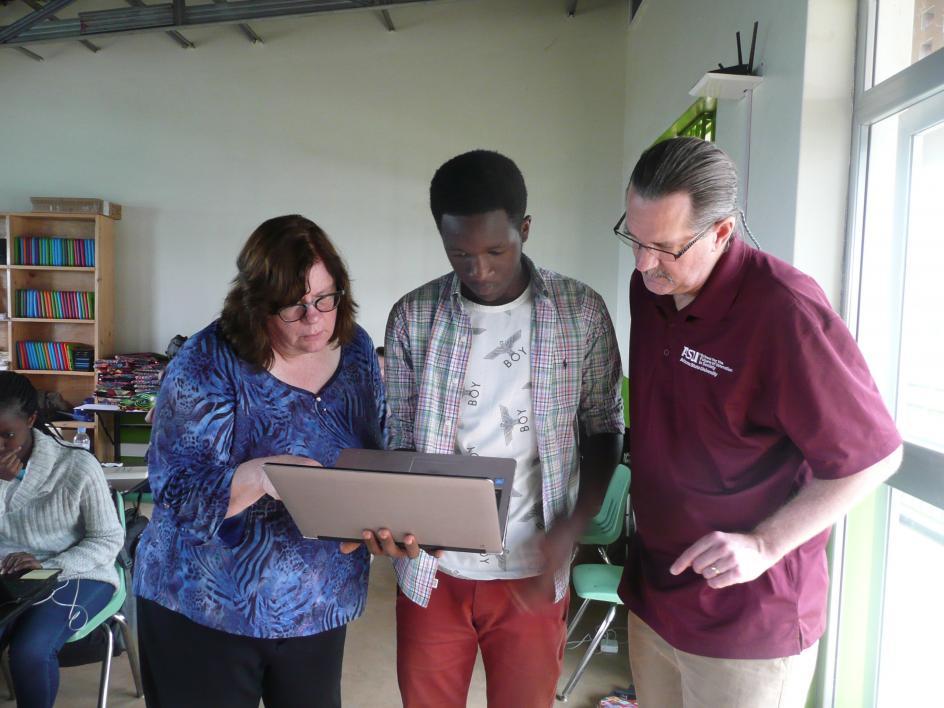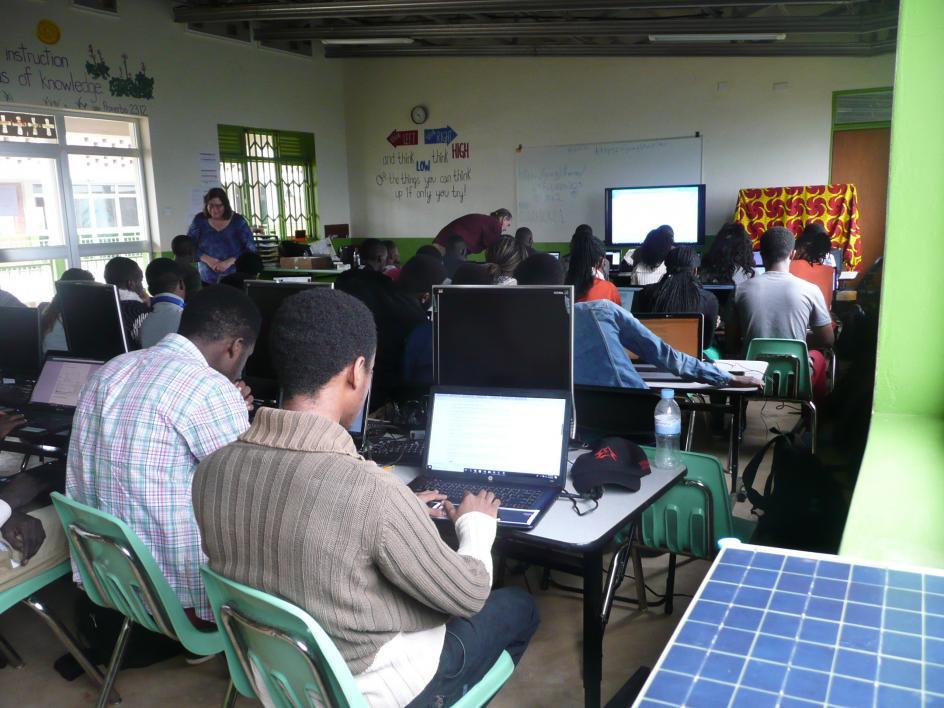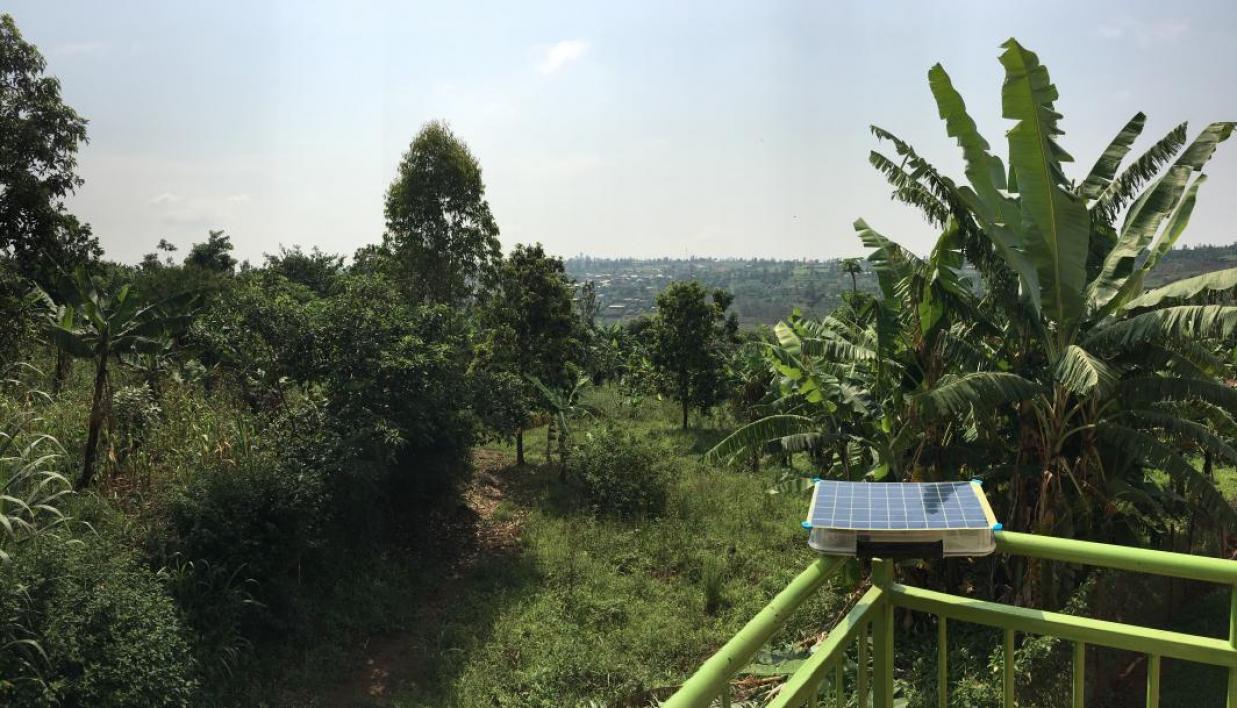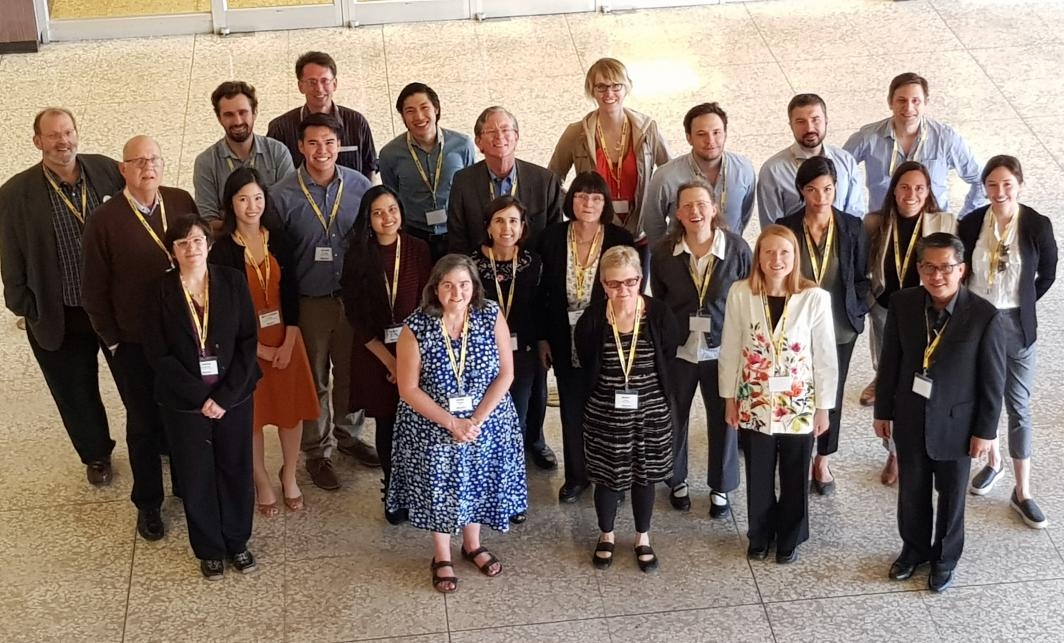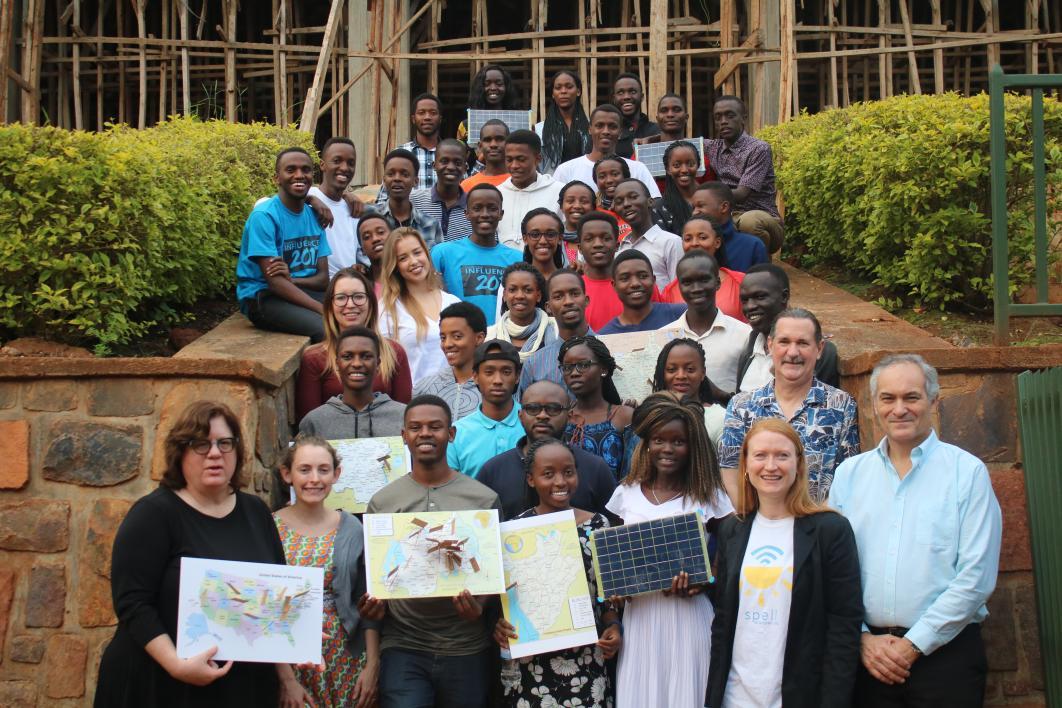The internet. We use it every day, all day, and barely think about it.
Today’s digital sharing and discovery of information may seem ubiquitous, but these practices remain out of reach for many individuals and communities all over the world — including the United States — that lack the capability to connect to what we think of as the World Wide Web.
Where information’s free flow comes to a halt, in places like refugee camps, coffee farms in rural Colombia and Navajo County, Arizona, so do opportunities for educational and economic growth and development.
The right to information was the driver of a recent summit held at Arizona State University, where an international group of practitioners gathered to discuss how to bring information to some of the most challenged places in the world.
Led by ASU Library and Bibliothèques Sans Frontières (Libraries Without Borders), with the involvement of the International Federation of Library Associations and Institutions, the two-day summit at ASU was a launch pad for building on work already being carried out by organizations offering offline technology and programming, packaged as “digital libraries,” to connect people and places where the internet does not reach.
“If we’re going to succeed as educators and embrace ASU’s vision of excellence, which is based on bringing people in rather than keeping them out, then we need to ensure that everyone has the same level of access to information, as well as the skills that are needed to make that access meaningful,” said ASU University Librarian Jim O’Donnell. “This is a big first step in trying to make this happen by expanding the reach of digital libraries — the resources, technology and skills — to places where, for whatever reason, the internet fails.”
Two dozen summit participants, from countries from Malaysia to France, explored ways to work together and engage other organizations not present in what may become a consortium, designed to help many different groups contribute more effectively to the success of this work: shaping hardware and software, developing strategies for providing content, and finding ways to collaborate with governments, NGOs and communities to expand the reach of networked information to people and places needing such support.
One of the participants was ASU researcher Laura Hosman, whose SolarSPELL initiative encompasses all four aspects of the summit’s work around digital literacy via offline technology: everything from the hardware device and connectivity to the skills and content that are necessary to engage users. The solar-powered device offers an offline Wi-Fi hot spot designed to simulate an online experience, serving up an online website that looks and feels like the user is online. The site offers thousands of educational resources, and Hosman insists on including as much localized information as possible.
Hosman, an assistant professor in the School for the Future of Innovation in Society and the Polytechnic School, within the Ira A. Fulton Schools of Engineering, says offline spaces can provide valuable teaching ground to introduce people to the tools and technologies that are headed their way.
Question: The idea of “offline internet” is paradoxical. What are its strengths?
Answer: Over half the world’s population is currently without internet access — a staggering statistic to think about for those of us who are, what I call, “hyper-connected.” There are infrastructural, economic, political (and other) reasons for this. So, while governments, companies and other agencies experiment with ways forward to connect more people, there do exist ways — today — to bring parts of the internet to those currently unconnected to it.
Many of the participants at the digital libraries summit are working to bring online information offline to the people and locations around the world who are not yet connected. Not only can doing so build “internet-ready” skills and demand for the internet, it can help make the economic case for connecting the unconnected. It can also build information literacy skills so that people, in theory, are more informed about many things affecting their lives and are thereby empowered to act and to exert more control over their lives.
Q: Digital literacy is a key factor in delivering offline internet. Can you speak to this idea of meaningful access?
A: In fact, for people to make meaningful use of a digital library, they need both digital literacy and information literacy. Digital literacy could range from basic digital skills, like knowing how to surf and click on a website, to more advanced skills like creating content or even software development. Information literacy includes both recognizing when information is needed and then being able to search for, locate, comprehend, evaluate and effectively use the information found.
Q: How do you see the summit strengthening the work you do?
A: One of the most important immediate outcomes from this summit was mapping out the terrain and discovering the specifics of who is doing what in this realm of work. I have to admit that I had not heard of about one-third of the participants’ organizations before the summit, and some that I had heard of, was not actually familiar with what they did.
Not everyone is focused on the same aspect of offline internet, so could the software-focused organizations benefit from collaborating with the hardware/technology-focused organizations? Perhaps those targeting university-level audiences will now be aware of those working with primary schools, and vice-versa, so that when expressions of interest invariably find their way to these organizations, they can also point potential partners in the right direction.
It is awareness-raising that is really key here — raising awareness about the need for offline internet, digital and information literacy, and how to make digital content truly accessible.
Top photo: On a recent trip to Rwanda, SolarSPELL creator and ASU Assistant Professor Laura Hosman and her team instructed a group of 37 students from Rwanda, South Sudan, Burundi and the Democratic Republic of the Congo who were participating in a program to help prepare them for university in the United States and Europe. Photo by Laura Hosman/ASU
More Science and technology

ASU professor breeds new tomato variety, the 'Desert Dew'
In an era defined by climate volatility and resource scarcity, researchers are developing crops that can survive — and thrive — under pressure.One such innovation is the newly released tomato variety…

Science meets play: ASU researcher makes developmental science hands-on for families
On a Friday morning at the Edna Vihel Arts Center in Tempe, toddlers dip paint brushes into bright colors, decorating paper fish. Nearby, children chase bubbles and move to music, while…

ASU water polo player defends the goal — and our data
Marie Rudasics is the last line of defense.Six players advance across the pool with a single objective in mind: making sure that yellow hydrogrip ball finds its way into the net. Rudasics, goalkeeper…



